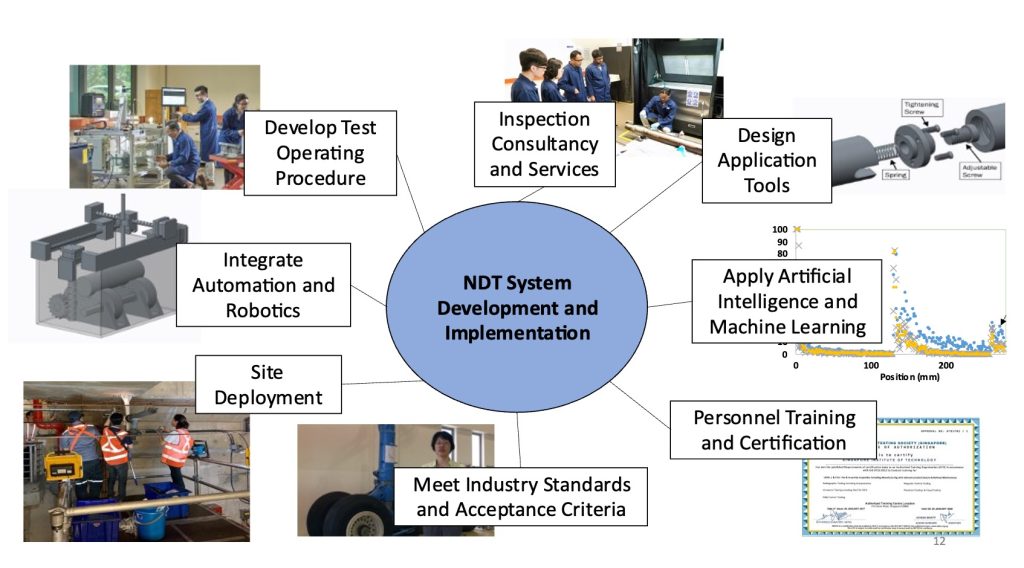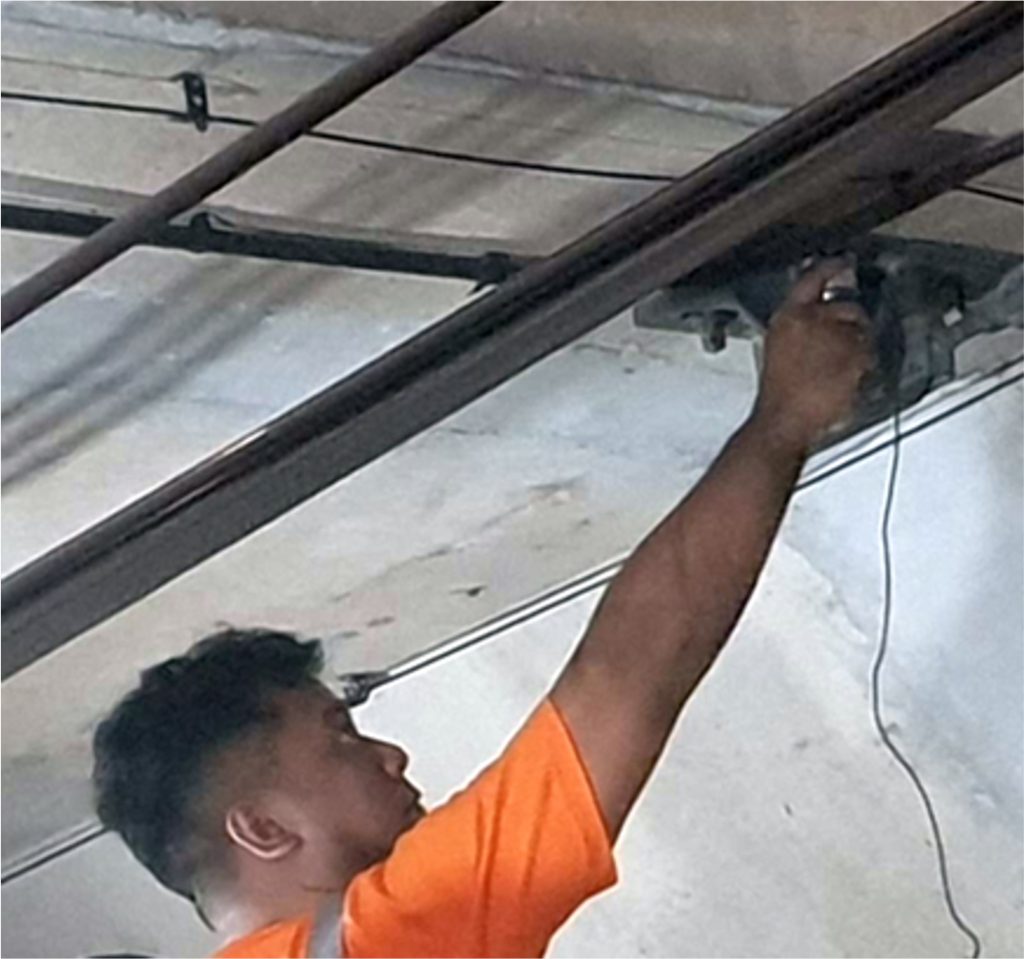Inspection of Embedded Fasteners with Ultrasonic Testing
Key Information
AM Tech
Array Industry
Array Potential Applications
- Improvement in the quality control of additively manufactured parts for critical applications, such as brake and suspension components
- Assessment method for the integrity of complex additive manufactured parts, such as engine components, without causing damage or reducing their structural integrity
- Assessment method for the integrity of additively manufactured implants, such as hip or knee replacements, without compromising their structural integrity
Collaborators
NAMIC hub@SIT X SIT NDT Laboratory Problem Statement
- The integrity of the inner structure of additively manufactured parts cannot be reliably ascertained without damaging the part, leading to a significant issue in quality control.
- Current commercial ultrasonic testing systems for additively manufactured parts are inconsistent and come with unnecessary noise due to several factors such as human factors, test conditions, and manual operation. All of which poses a significant challenge in assessing the integrity of the inner structure.
Objective
- To develop a non-destructive inspection method suitable for additively manufactured parts and accurately assess the condition of the inner structures without causing damage to the part.
- To improve the accuracy and reliability of ultrasonic testing for additively manufactured parts through the design and customisation of a novel ultrasonic test probe integrated with artificial intelligence & pattern recognition techniques.
Key Benefits/Outcomes
- A customised ultrasonic test probe is developed and shown to reduce inconsistencies and complexities in the ultrasonic signal results by minimising the effects of human factors, test conditions, and manual operation.
- Demonstrated ability to provide accurate and reliable results for assessing the integrity of the inner structure of additively manufactured parts with a customised ultrasonic probe.
- More efficient and effective inspection process, improving the overall quality control of additively manufactured parts.


